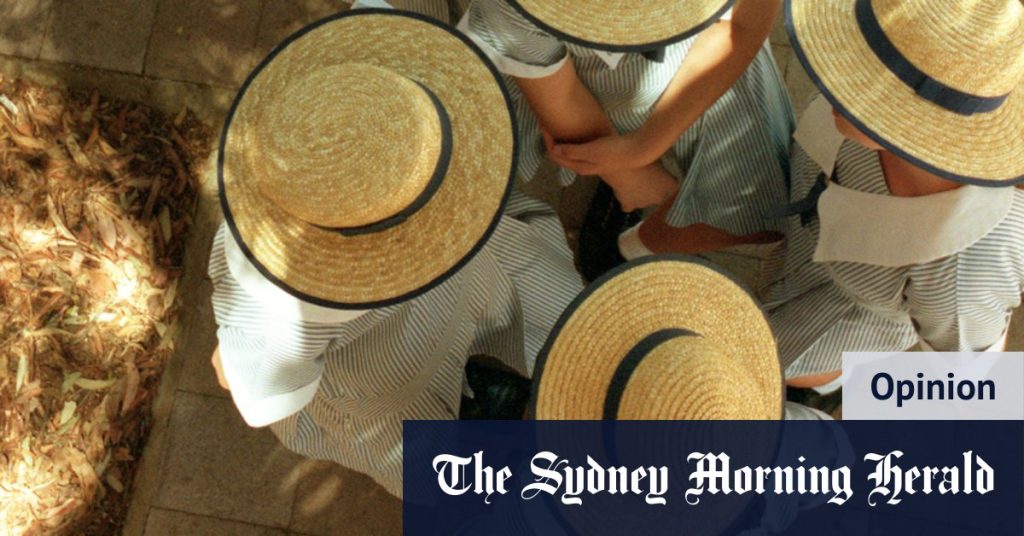In a recent column, Associate Professor David Hastie of Alphacrucis University College emphasized the importance of public schools providing basic educational requirements to ensure all students have an equal chance at the best life possible. He points out that public schools with limited resources struggle to offer a full range of educational experiences and face challenges in providing face-to-face teaching in demanding senior school subjects. In contrast, private schools like The Kings School, which receive significant public funding, boast extravagant facilities such as multiple swimming pools and playing fields.
Hastie argues that private schools are not overfunded at the expense of public schools, suggesting that increasing taxpayer money for public schools may be a solution. However, data shows that public schools in Australia receive only 90% or less of the Schooling Resource Standard, while non-government schools receive over 100%. This raises questions about whether funds should be reallocated from overfunded private schools to support under-resourced public schools.
He also points out that Australia spends more public funding on private schools compared to other OECD countries due to the growth of non-government schools over the past 30 years. Governments have encouraged this shift by providing per capita grants, funding for capital works, and tax incentives for donations to private schools. The Albanese government recently rejected a recommendation to remove tax-deductible status for donations received by private schools, further fueling the debate over fair distribution of funding between public and private institutions.
Hastie further highlights the differences in funding models in European countries, where non-government schools receive full public funding but are subject to strict government regulations. These regulations often include restrictions on private funding and non-discriminatory enrollment practices. In England, 93% of schools, including faith-based institutions, are government-funded, underscoring a more standardized approach to funding and oversight compared to the fragmented system in Australia.
Overall, the debate over school funding in Australia remains unresolved, with concerns about the disparity between resources available to public and private schools. While private schools may offer superior facilities and opportunities, questions linger about the fairness of public funding distribution and the potential impact on educational outcomes for all students. The government will continue to face pressure to address these issues and ensure that every student has access to quality education regardless of their socioeconomic background or school choice.


